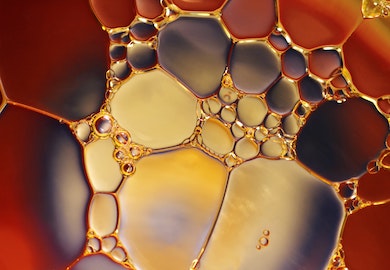
According to the charge of the hydrophilic head, surfactants are classified as anionic, nonionic, cationic or amphoteric. Nonionic surfactants are neutral, and their hydrophilic ends are not charged.
The sorbitan ester and polysorbate products under the Huana brand belong to nonionic surfactants. Non-ionic surfactants are very good at emulsifying oil and are more effective than anionic surfactants in removing organic dirt. The sorbitan ester and polysorbate are often used together to create a dual-action, multi-purpose cleaner that not only floats and suspends particulate dirt, but also emulsifies oily dirt. Certain non-ionic surfactants can be non-foaming or low-foaming, which makes them a good choice for low-foaming detergent ingredients.
Nonionic surfactants have a unique property called cloud point. The cloud point is the temperature at which the non-ionic surfactant begins to separate from the cleaning solution, which is called phase separation. When this happens, the cleaning solution becomes cloudy. This temperature is considered to be the best temperature for detergency. For low-foam cleaners, the best detergency is at the cloud point. For foam cleaners, the best detergency is just below the cloud point or the beginning of the cloud point. The agitation of the low-foam cleaner is sufficient to prevent phase separation. The temperature of the cloud point depends on the ratio of the hydrophobic and hydrophilic parts of the nonionic surfactant. Some cloud points are at room temperature, while others are very high. Some nonionic surfactants have no cloud point because they have very high hydrophilicity and hydrophobicity.